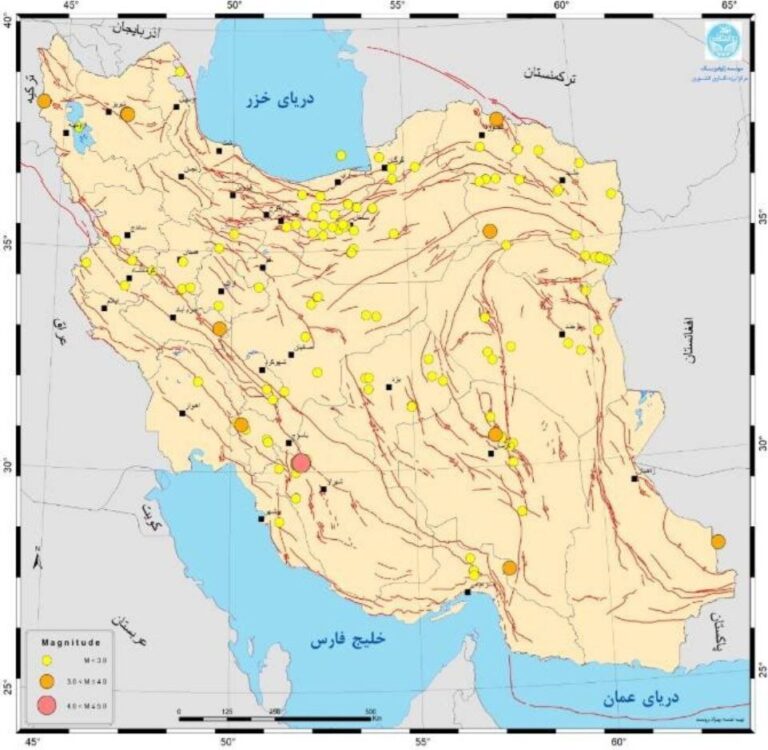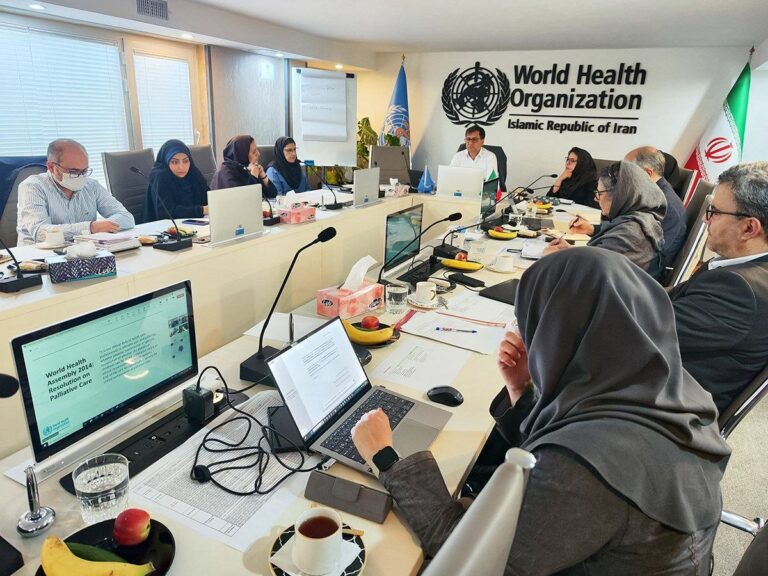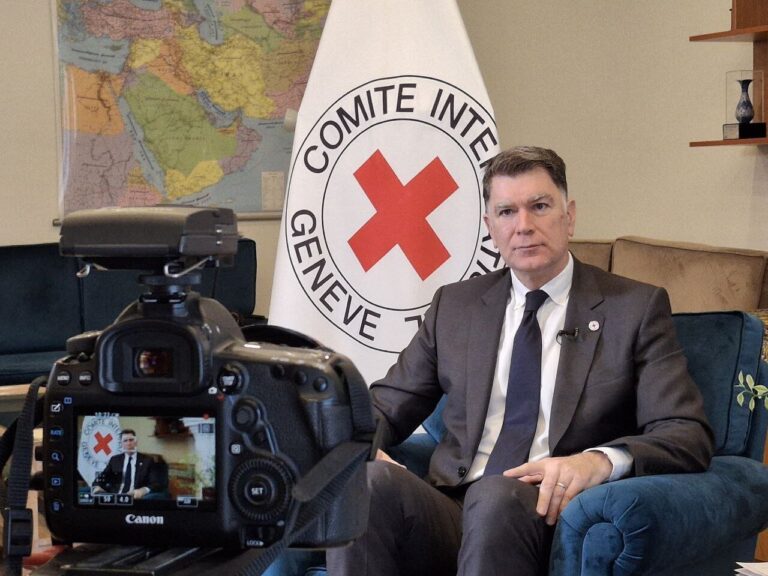Post-Islamic Revolution: A Surge in Scientific Innovation and Production
In recent years, science production in Iran has seen remarkable growth, reflecting the country’s commitment to advancing its scientific capabilities. Following the 1979 Islamic Revolution, Iran has climbed an impressive 33 positions globally, moving from 50th in 1980 to 17th in 2024. This achievement is particularly notable as the country ranks second in scientific output among Islamic nations, up from fifth just four decades ago, according to a report by Mehr News Agency.
Over the last 46 years, Iran has made significant strides across various sectors, including science, health, security, economy, industry, and legislation. The data from Scopus illustrates this upward trajectory in scientific production:
- In 1980, Iran published just 284 scientific articles.
- By 1999, this number had increased to 1,450 articles.
- In 2005, Iran reached a total of 8,497 published articles.
- As of 2024, the total stands at an impressive 75,928 scientific articles.
Despite facing challenges such as ongoing sanctions, Iran is ambitiously targeting a leap in its scientific production ranking from 17th to 12th by 2027. Shahin Akhoundzadeh, an official from the health ministry, highlighted the impact of economic restrictions and limitations on publishing papers by Iranian scholars, particularly over the past three years, which caused a decline in the country’s ranking from 15th to 17th.
To counteract these setbacks, Akhoundzadeh emphasized the need for strategic investments in research and technology. He stated that improving funding, facilitating research opportunities, and promoting meritocracy will be crucial to retaining young talent and preventing the migration of skilled individuals abroad.
Furthermore, the growth of scientific associations in Iran has been noteworthy, with a reported increase of 23% from 2013-2014 to the last fiscal year. The number of scientific associations rose from 322 to 396, showcasing a 22.9% growth rate.
Key highlights of this growth include:
- Interdisciplinary associations have surged from 50 to 85.
- Humanitarian associations have expanded from 102 to 142.
Scientific associations play a critical role in fostering knowledge production and facilitating scientific development in Iran. They serve as essential foundations for institutions that transcend political, racial, ethnic, religious, and sexual boundaries.
These associations have emerged in response to the demands of a democratic society and the need to enhance human solidarity. They create an environment conducive to free thought and encourage open dialogue among scholars and researchers.
One of the key advantages of these scientific associations is their independence from government influence regarding finances and human resources. This autonomy, coupled with their agility in decision-making, results in reduced bureaucracy and a more flexible operational mechanism, thereby increasing their effectiveness on both national and international stages.
In conclusion, the steadfast rise of science production in Iran indicates not only the resilience of its academic and research communities but also the potential for future advancements. By addressing current challenges and focusing on strategic growth, Iran aims to solidify its position as a leading nation in science and technology within the region and beyond.






